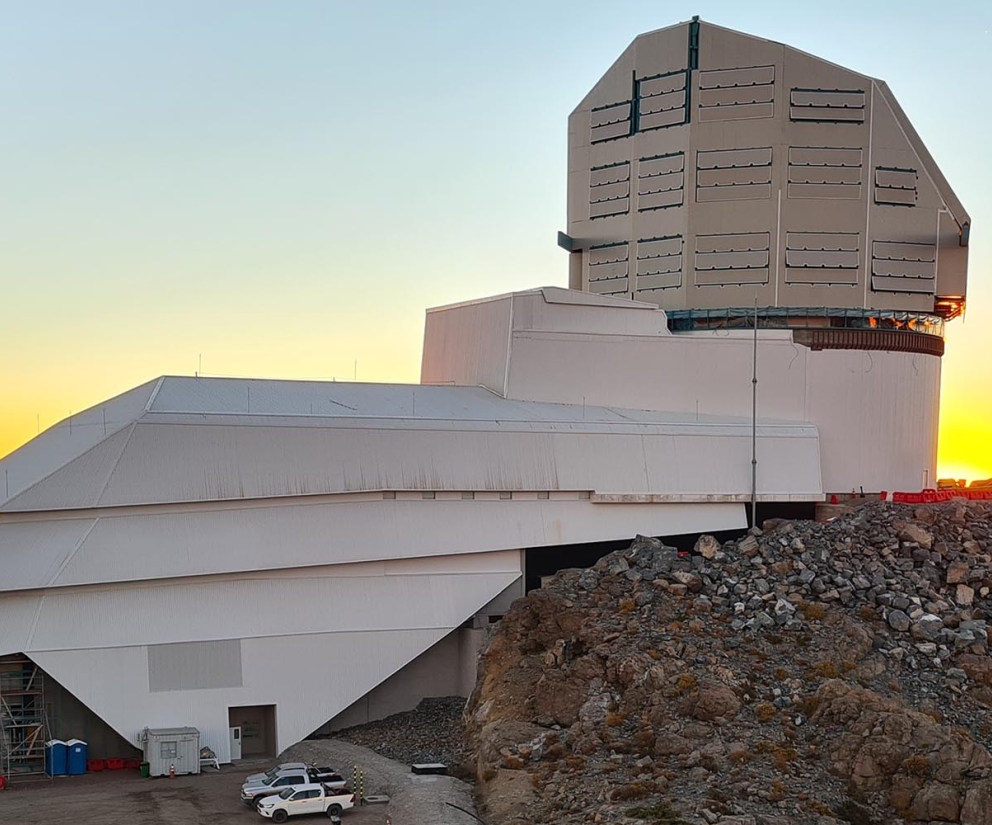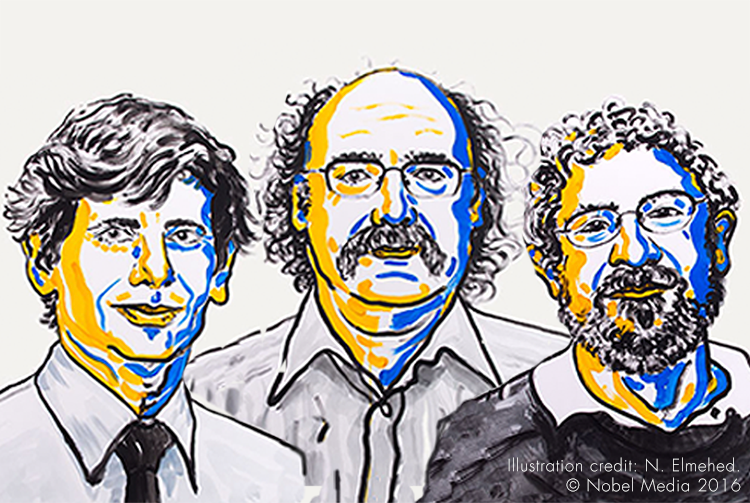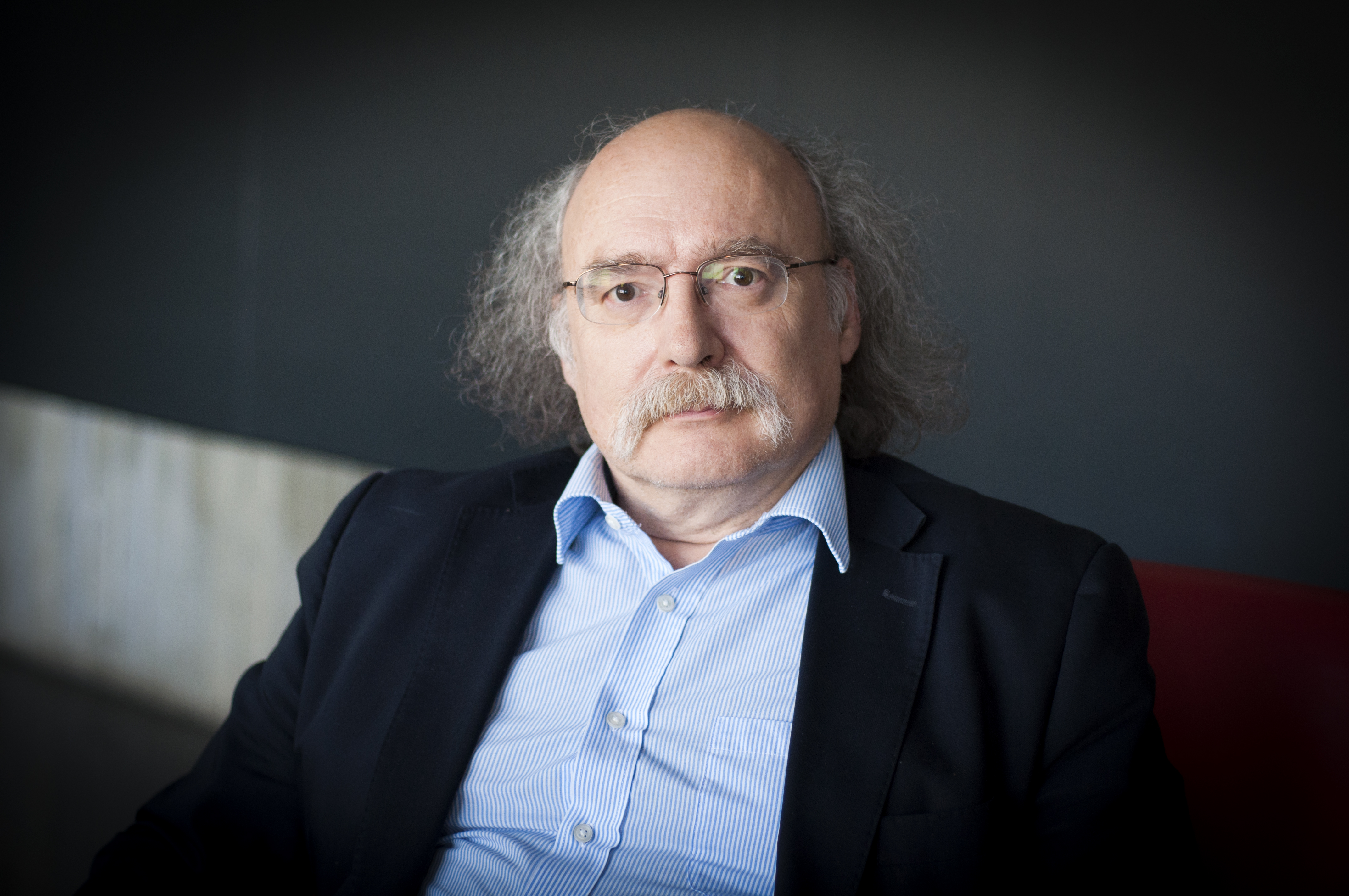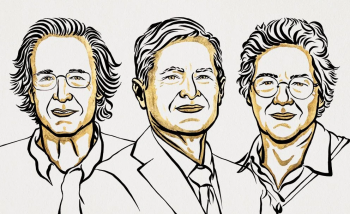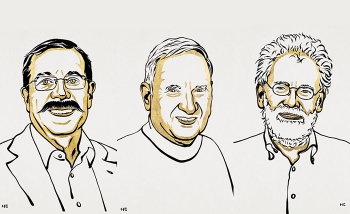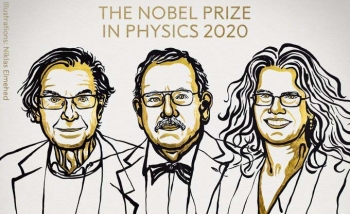Perimeter Visiting Researcher Duncan Haldane shares Nobel Prize
In recognition of their pioneering work on “exotic phases of matter,” David Thouless, Duncan Haldane, and Michael Kosterlitz have been awarded the 2016 Nobel Prize in Physics.
The three British researchers, who all work in the United States, specialize in topological phase transitions and topological phases of matter, work that has transformed how we understand materials.
Haldane is the Eugene Higgins Professor of Physics at Princeton, and has been a Distinguished Visiting Research Chair at Perimeter Institute since 2013.
On behalf of Perimeter’s research community, Perimeter Director Neil Turok expressed congratulations and acclaim for Haldane, his research, and his co-winners.
“Quantum mechanics produces some of its most weird and wonderful effects in systems of many particles, where the identity of the individual particles are subsumed in a collective quantum dance,” said Turok.
“Duncan pioneered the mathematical description of such systems, showing how the quantum collective states probe the shape as a whole.”
Haldane’s work has always been “ahead of the curve,” Turok added. “His work is always novel and surprising, but seems a little abstruse. It takes about a decade for others to fully appreciate.”
The Nobel-winning research utilized topological concepts in physics to demonstrate that superconductivity could occur at low temperatures, and explained the mechanism – called phase transition – that makes the superconductivity vanish at higher temperatures.
That work by Thouless and Kosterlitz in the 1970s led to discoveries in the 1980s and beyond, including Haldane’s demonstration that topological concepts can be used to understand the properties of chains of small magnets found in some materials.
“This year’s Laureates opened the door on an unknown world where matter can assume strange states,” reads the Nobel Prize citation. “Thanks to their pioneering work, the hunt is now on for new and exotic phases of matter. Many people are hopeful of future applications in both materials science and electronics.”
During numerous extended visits to Perimeter, Haldane has attended workshops and conferences, presented lectures, and collaborated with colleagues. He is one of 52 Distinguished Visiting Research Chairs, who remain based at their home institutions but spend extended periods at Perimeter as vital members of the Institute’s research community.
The DVRC program also includes Nobel Prize-winner Gerard ‘t Hooft, string theorist Leonard Susskind, and cosmologist Stephen Hawking.
Perimeter Institute Board member Art McDonald shared last year's Nobel Prize in Physics for his research into neutrinos at SNOLAB.
Further exploration
About PI
Perimeter Institute is the world’s largest research hub devoted to theoretical physics. The independent Institute was founded in 1999 to foster breakthroughs in the fundamental understanding of our universe, from the smallest particles to the entire cosmos. Research at Perimeter is motivated by the understanding that fundamental science advances human knowledge and catalyzes innovation, and that today’s theoretical physics is tomorrow’s technology. Located in the Region of Waterloo, the not-for-profit Institute is a unique public-private endeavour, including the Governments of Ontario and Canada, that enables cutting-edge research, trains the next generation of scientific pioneers, and shares the power of physics through award-winning educational outreach and public engagement.

